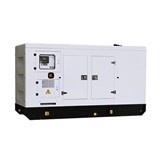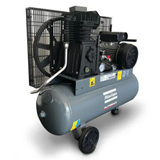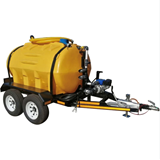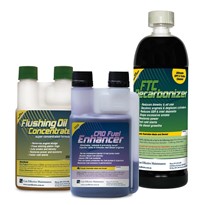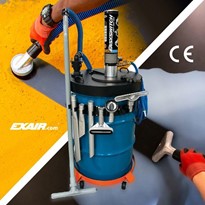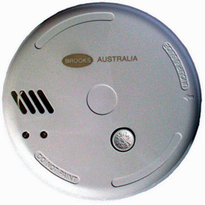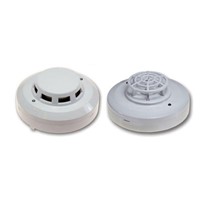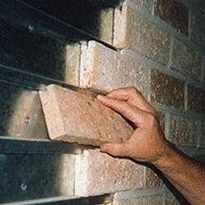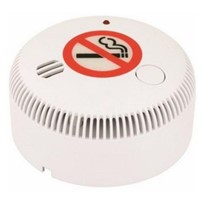It should be taken as an indication of a problem, that will shorten engine life, or result in extra costs. It's an opportunity to save money in both the short...and the long term.
The smoke may result from poor combustion efficiency, which wastes fuel (eg coked up engine from excessive idling, stop start operation or short run times). Or, it may be your last chance to act, before major engine failure (eg piston seizure, valve or turbocharger failure).
A diesel engine in good condition should produce no visible smoke from the exhaust, under most operating conditions. For old technology engines, a short puff of smoke when an engine is accelerated under load may be acceptable, due to the lag before the turbo matches the volume of diesel injected. But with modern electronic diesels, there should be no smoke at all.
The value of minimizing smoke was demonstrated to a large bauxite mine. As a result, it achieved better than 20,000 hrs service life from their Caterpillar 3500 Series engines.
There are three types of smoke…
Black smoke is the most common.
It indicates poor combustion of the diesel fuel. Causes, including…
- Incorrect timing
- Dirty or worn injectors
- Over-fuelling
- Faulty turbocharger (ie not enough air to match the fuel)
- Incorrect valve clearance
- Incorrect air/fuel ratio
- Low cylinder compression (eg sticking piston rings or worn components)
- Dirty air cleaner
- Restricted induction system (eg system too small or kinked inlet piping)
- Other engine tune factors
- Poor quality fuel
- Excessive carbon build up in combustion and exhaust spaces
- Cool operating temperatures
Obviously, worn or damaged components must be replaced, and the earlier you identify and fix the problem, the less damage will be done. Keep on top of engine tune issues, including valve adjustments, and regular servicing of air, fuel and oil filters. Do not buy fuel from suspect outlets.
Dirty components, such as injectors can be easily restored to full cleanliness by using an effective and reliable fuel system cleaner. If you choose from our range of products, Cleanpower is what you need.
Cleaning of internals of engines has usually only been possible at overhaul, however, Cost Effective Maintenance provide two products to enable vehicle and equipment owners to quickly, safely and cheaply restore full cleanliness to combustion and exhaust spaces (FTC Decarbonizer). Flushing Oil Concentrate is used to clean up piston rings, oil pumps, oil galleries, oil coolers, piston skirts, valve gear, etc.
Black smoke is high in carbon or soot, which is an undesirable product of diesel combustion. Now, the combustion of diesel is a complicated process of breaking down the various hydrocarbon fuel molecules into progressively smaller and smaller molecules, by burning in the presence of oxygen. The main and ideal end products of combustion are CO2 and H2O (carbon dioxide, the greenhouse gas and water).
It is believed that the last step in the process is carbon monoxide (the poisonous gas) to carbon dioxide. This is also the slowest step by far, and causes bottle necking in the chain of combustion reactions. This results (according to some authorities) in polymerization of smaller partly burnt molecules into much larger ones, which become visible as soot, or black smoke.
Blue smoke is an indication of oil being burnt. The oil can enter the combustion chamber for several reasons.
- Worn valve guides or seals
- Wear in power assemblies (ie cylinders, piston rings, ring grooves)
- Cylinder glaze
- Piston ring sticking
- Incorrect grade of oil (eg oil too thin, and migrating past the rings)
- Fuel dilution in the oil (oil thinned out with diesel)
At cold start, blue smoke is often evident, and can reflect reduced oil control, due to fouling deposits around piston rings or cylinder glaze (a carbon deposit in the cylinder crosshatching. These tiny grooves actually hold a film of oil, which in turn completes the seal between the piston ring and bore).
Blue smoke should not be evident at any time, but it is worth noting, that engines with good sound compression can actually burn quite a lot of oil without evidence of blue smoke. Good compression allows oil to burn cleanly, as part of the fuel. It’s not good though!
Once again, restore physical cleanliness to all components. Replace worn parts where necessary. In some situations, where the engines are pretty worn, but you just need to keep them in service, cleaning with the previously mentioned products, followed by effective additional anti-wear protection, will reduce internal stresses on all those tired components, providing extended service life. Our AW10 Antiwear achieves this for many of our customers.
White smoke occurs when raw diesel comes through the exhaust completely intact and unburned. Some causes of this include…
- Faulty or damaged injectors
- Incorrect injection timing (could be a worn timing gear or damaged crankshaft keyway).
- Low cylinder compression (eg caused by leaking or broken valves, piston ring sticking, cylinder and/or ring wear, or cylinder glaze)
When white smoke occurs at cold start, and then disappears as the engine warms up, the most common causes are fouling deposits around piston rings and/or cylinder glaze. Use of our Flushing Oil Concentrate and FTC Decarbonizer address these respective problems.
Water entering combustion spaces will also create white smoke. Faulty head gaskets and cracked cylinder heads or blocks are a common cause of water entry, and are often to blame. Expensive mechanical repair is the only solution here.
For more information, contact Cost Effective Maintenance.




